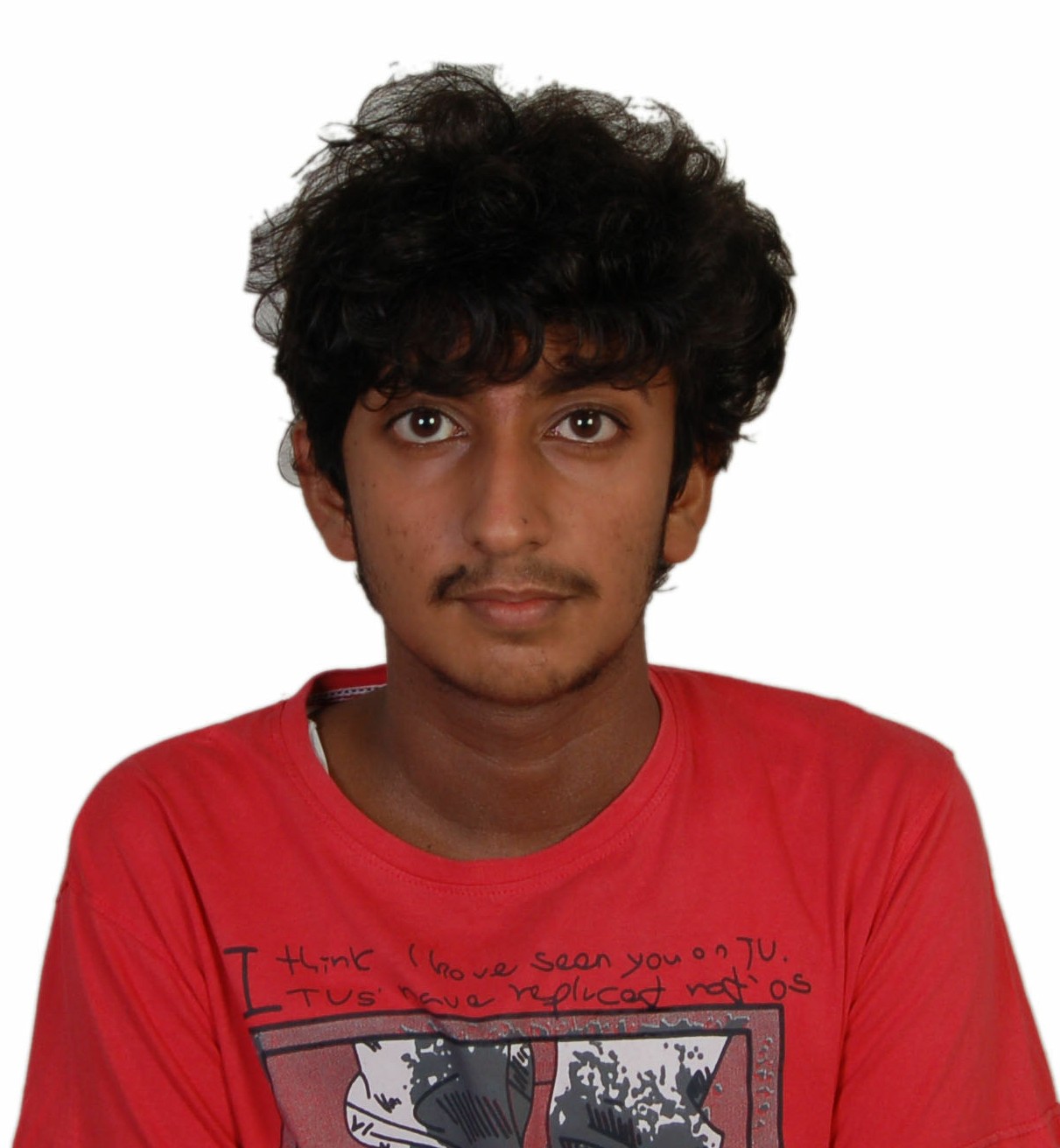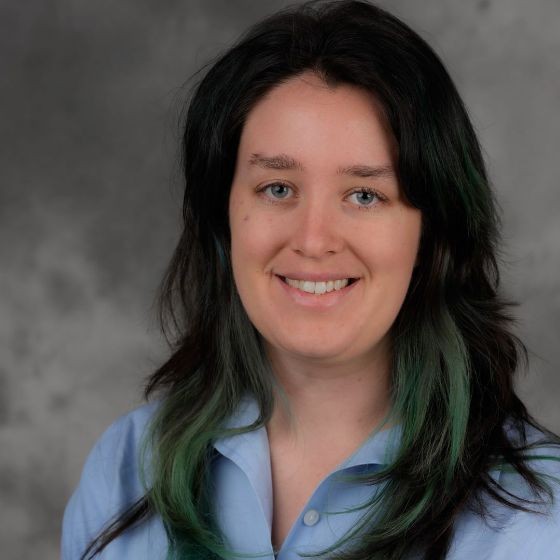Bioinformatics, Computational and Systems Biology
Using biological inspired pattern formation systems as information encoding-decoding devices
(B-54) Using biological inspired pattern formation systems as information encoding-decoding devices

Kinshuk Sahu, MTech, MS (he/him/his)
PhD Student
Duke University
Durham, North Carolina, United States
Anita Silver
PhD Candidate
Duke University
Durham, North Carolina, United States- JL
Jia Lu
PhD Candidate
Duke University, United States - LY
Lingchong You
Distinguished Professor
Duke University, United States
Presenting Author(s)
Co-Author(s)
Primary Investigator(s)
Spatio-temporal dynamics of biological systems represent a vast information space, with slightly different initial and environmental conditions leading to vastly varying final outcomes [1-3]. In this study, we take advantage of this high-dimensional space to build an information encoding-decoding system using simulated biological patterns. These patterns have been shown to accurately predict swarming expansion of Pseudomonas aeruginosa on agar plates under different conditions [4]. By varying the seeding configuration of these simulated patterns, we encode the information from a visual grid to branching patterns and decode the message from the patterns back using a deep learning framework. Our regression type approach by using visual grids to store information adds upon some existing classification-based models while providing significant improvements in design, robustness and encoding capacity [5]. This study demonstrates an example of bio-inspired computational design, simulating nature’s complexity and innate pattern recognition capabilities to build an information encoding decoding device.
Materials and Methods::
Firstly, we use a mathematical model developed in an earlier study to simulate branching patterns in P. aeruginosa. To train the neural network, we randomly choose a set of seeding locations across a grid, that uniformly vary in number between 1 and 40, and which serve as starting points from which the colony patterns emerge. For this study, we use the simulated model to encode the seeding configurations into patterns, and for this forward problem of encoding, we generate about 80,000 initial seed- pattern pairs. Then for the inverse problem of decoding, we supply the neural network with the final pattern as input and train the network to predict the initial seeding configuration. For this decoding process, we use a U-NET as the network architecture built on the Keras/TensorFlow library. During training, ninety percent of the dataset is kept for training while the rest is used for validation. The U-Net is trained for 1000 epochs and the top ten best performing networks, which have the lowest validation binary cross entropy loss, are selected for a further round of training. For this ensemble prediction, the outputs of the selected U-NETs will be used as a 10-channel input to a single U-NET, and this second U-Net in series will be used to predict the initial input configuration as output.
Results, Conclusions, and Discussions::
We trained the U-Net with 80,000 simulated patterns that had varying initial seeding configurations on the Duke Computing Cluster GPU node with 32gb of RAM allotted per training run. After some initial hyperparameter tuning, were able to achieve a high level of accuracy in the decoding process with a training and validation loss of 0.00059 and 0.00098 respectively. We also tested the network on a completely held out test set, which unlike the training and validation dataset, had specific visual patterns as the seeding locations, like the one shown in the figure attached below. The reconstructed predictions of the U-Net, also shown in the figure, represent very accurate reconstructions of the original message, thus demonstrating the encoding-decoding capability of dynamical systems. It also demonstrates the security of information encoding, with the patterns hardly decodable using the naked eye. The visual layout also demonstrates the encoding capacity and universality of the system design, with the possibility of our system being able to decode messages from various languages or even a pictorial message. We plan to further improve the predictions using an ensemble approach of connected U-Nets in series and later use the built in U-Net framework for transfer learning of the decoding process from simulated patterns to experimental P. aeruginosa branching patterns.
Acknowledgements (Optional): :
This work was supported by the Office of Naval Research (N00014-20-1-2121).
References (Optional): : 1.Lu, Jia, et al. "Advances and challenges in programming pattern formation using living cells." Current opinion in chemical biology 68 (2022): 102147.
2.Doshi, Anjali, et al. "Engineered bacterial swarm patterns as spatial records of environmental inputs." Nature Chemical Biology (2023): 1-9.
3.Julkowska, Daria, et al. "Branched swarming patterns on a synthetic medium formed by wild-type Bacillus subtilis strain 3610: detection of different cellular morphologies and constellations of cells as the complex architecture develops." Microbiology 150.6 (2004): 1839-1849
4.Luo, Nan, et al. "Collective colony growth is optimized by branching pattern formation in Pseudomonas aeruginosa." Molecular systems biology 17.4 (2021): e10089.
5.Lu, Jia, et al. "Distributed information encoding and decoding using self-organized spatial patterns." Patterns 3.10 (2022).
